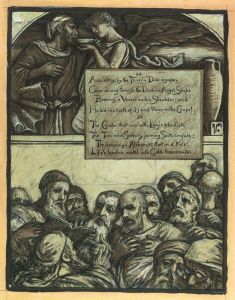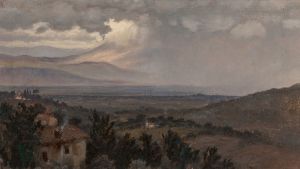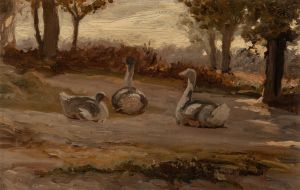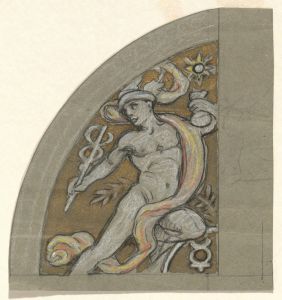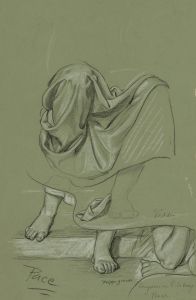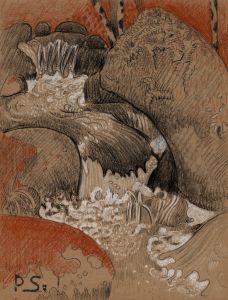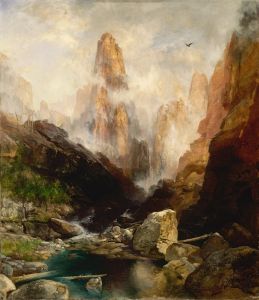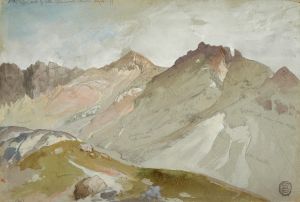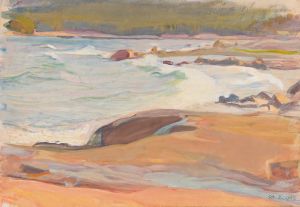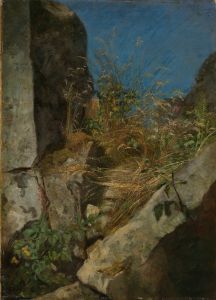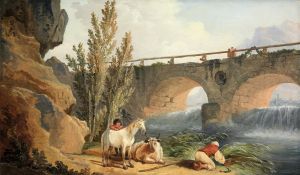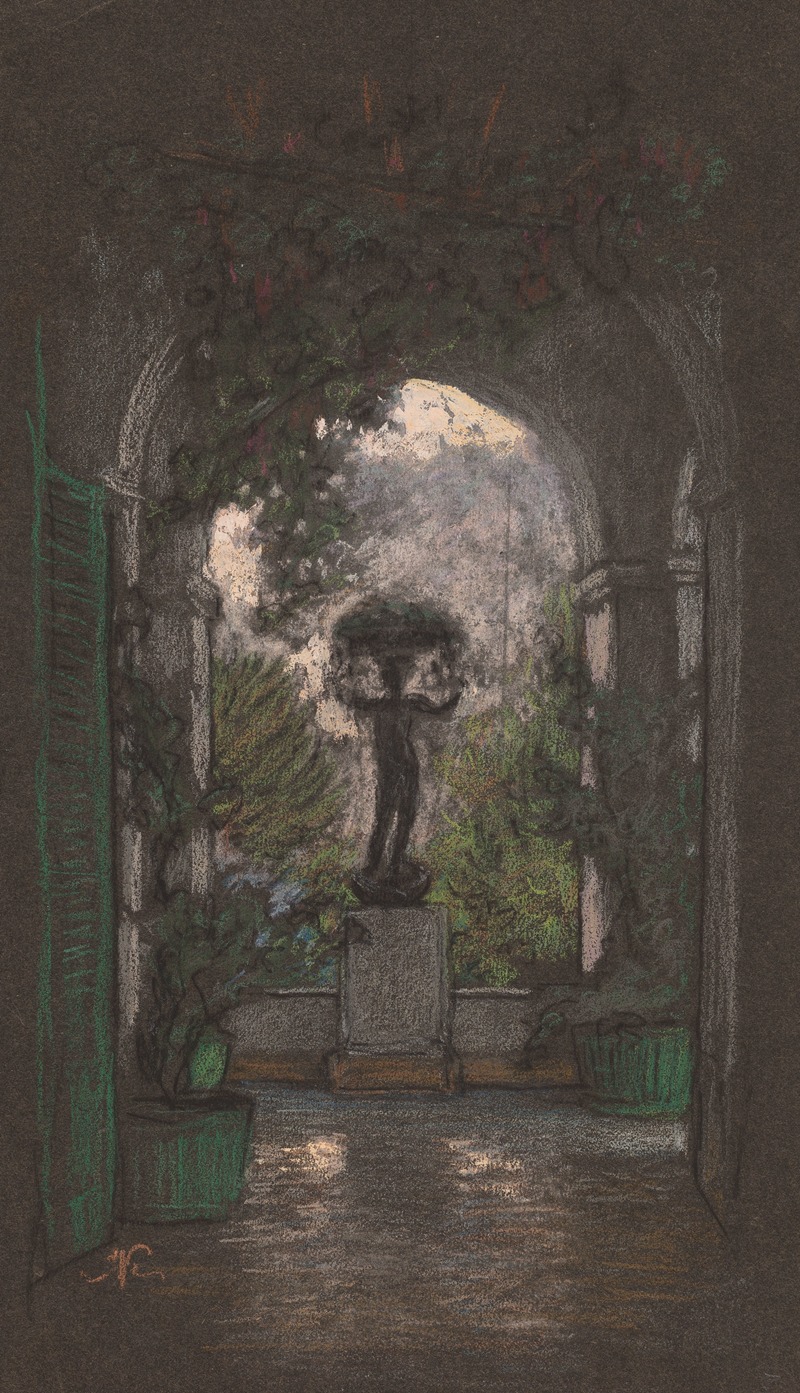
Capri
A hand-painted replica of Elihu Vedder’s masterpiece Capri, meticulously crafted by professional artists to capture the true essence of the original. Each piece is created with museum-quality canvas and rare mineral pigments, carefully painted by experienced artists with delicate brushstrokes and rich, layered colors to perfectly recreate the texture of the original artwork. Unlike machine-printed reproductions, this hand-painted version brings the painting to life, infused with the artist’s emotions and skill in every stroke. Whether for personal collection or home decoration, it instantly elevates the artistic atmosphere of any space.
Elihu Vedder's painting Capri is a work by the American artist known for his contributions to the Symbolist movement in the 19th century. Vedder, born in 1836 in New York City, spent much of his career in Europe, particularly in Italy, where he found inspiration in the landscapes, culture, and history of the region. His time in Italy significantly influenced his artistic style, blending elements of Romanticism, Symbolism, and classical themes.
The painting Capri depicts the island of Capri, located in the Tyrrhenian Sea off the coast of southern Italy. Capri has long been celebrated for its stunning natural beauty, dramatic cliffs, and vibrant Mediterranean landscape. During the 19th century, it became a popular destination for artists, writers, and intellectuals, drawn to its picturesque scenery and tranquil atmosphere. Vedder, like many of his contemporaries, was captivated by the island's charm and sought to capture its essence in his work.
While specific details about the creation of Capri are limited, the painting reflects Vedder's skill in rendering atmospheric landscapes. His use of light and shadow, combined with a muted color palette, evokes a sense of serenity and timelessness. The composition likely emphasizes the island's rugged terrain and the interplay between land and sea, characteristic of Capri's geography.
Vedder's broader body of work often explored themes of mysticism, mythology, and the human condition, though Capri appears to focus more on the natural world. This painting aligns with the 19th-century tradition of landscape art, which sought to convey not only the physical beauty of a place but also its emotional and spiritual resonance.
Elihu Vedder's connection to Italy and his artistic legacy are well-documented, though specific information about Capri remains scarce. The painting is an example of his ability to merge technical skill with a deep appreciation for the landscapes that inspired him. Today, Vedder is remembered as a significant figure in American art, whose works continue to be studied and appreciated for their unique blend of styles and themes.
Further details about the current location or provenance of Capri are not readily available.






